Laptop Overheating: Every laptop is equipped with a cooling system to prevent overheating.
When doing CPU and GPU-stimulating work such as playing games, working with lengthy excel documents, or rendering videos you will definitely hear the sound of the fan spinning louder.
This is one of the temperature lowering mechanisms that the laptop performs automatically.

If the cooling system is running well, overheating should not occur. You may feel the heat on the bottom of the laptop when it has been used for a long time, the heavier the work, the higher the heat.
However, the heat on this laptop is not always interpreted as overheating. As long as the cooling system is still able to circulate properly and the heat of the components doesn’t exceed its tolerance limits, then your laptop will be fine.
Table of Contents
So, What Exactly Is Overheating?
Overheat is a condition when the temperature on a laptop component exceeds the tolerance threshold of that component.
An overheating CPU means that the temperature on the CPU has exceeded its maximum tolerance limit.
Modern computer hardware has been designed with overheating damage prevention mechanisms.
When overheating occurs on a laptop, for example, the system will automatically shut down without warning to prevent damage to the components inside.
What Are The Signs Of An Overheated Laptop?
The most easily observed signs of a laptop overheating are the fast rotation of the processor fan and GPU, and the temperature that feels very hot on the outside of the laptop case.
Continuously noisy fan noise is a sign that the laptop is trying hard to lower the temperature that is Too High On The CPU and GPU.
On the outside of the laptop, especially at the bottom, you will also feel the heat that is higher than usual.
To find out how many degrees of temperature on laptop components are accurate, you can monitor it using a temperature monitoring application.
Apart from the physical signs, from a system point of view, you will also feel the effects. Laptop performance will feel slower (lag) than usual. Even in severe conditions, it can cause freezing, not responding, to a blue screen.
What Causes a Laptop Overheating?
The main cause of laptops overheating is the cooling mechanism that is not working properly.
A processor fan that is already full of dust or dry thermal paste is the most common cause that many people experience.
In addition, programs that force the processor to work continuously such as viruses and malware can also be the cause of laptop overheating.
How To Fix Overheating Or Excessive Heat On A laptop [2025]
1. Perform Maintenance On The Laptop Cooling System
The first thing you can do to deal with excessive heat on a laptop is to perform maintenance and cleaning on the laptop cooling system.
Try to remember, since the first time you bought a laptop, how many times have you cleaned the dust on the inside of the laptop?
If you haven’t at all and the age of using the laptop has been for years, you can be sure that there will be a lot of dust in it.
This dust is one of the causes of air circulation from and into the laptop to be not smooth. As a result, the temperature reduction mechanism will also be disrupted.
To fix this, you can open the laptop case and then clean the dust on the GPU, CPU, and Mainboard fan.
Use a blower and a special laptop vacuum cleaner to clean hard-to-reach parts. Next, you also need to replace the thermal paste with a new one.
This thermal paste has a very vital function to cool the processor. Dry thermal paste will prevent heat flow from the processor to the heatsink. As a result, the processor will heat up quickly.
2. Give Breaks When Using Strenuous Programs
The longer the laptop is used to do heavy work such as editing and rendering videos or playing games, the warmer the temperature will continue. If this is not balanced with a good cooling mechanism, overheating can occur.
To fix this you can set a break so that the laptop has time to lower the temperature. Stop strenuous activity for a few minutes until the fan rotation returns to normal and the laptop temperature decreases, after which you can resume work.
To reduce laptop workload, you can also turn off unnecessary features. This will significantly speed up your laptop’s performance and reduce the chance of overheating.
Read Also:
3. Replace The Mechanical Hard Drive With SSD
Temperature problems on laptops that are used longer and become hotter are usually more often experienced by laptop users who still use mechanical hard drives.
The longer it is used, the mechanical hard drive will get hotter, because basically, a mechanical hard drive contains a disc that continues to rotate.
In contrast to SSDs which do not produce temperatures as hot as mechanical hard drives.
If you have a budget, you can replace the mechanical hard drive on a Laptop With An SSD. Currently, many SSDs are sold at quite affordable prices. Just try to do the upgrade and feel the difference for yourself.
4. Clean Viruses And Malware
The next way to deal with a hot laptop is to clean viruses and malware. Viruses can make laptops work continuously without stopping, draining memory, and CPU, as a result, the laptop temperature will continue to increase.
If you find a program that is running using memory and CPU Resources Inappropriately, you may suspect that the program contains a virus or malware.
To ensure the laptop is clean from malware, make sure you don’t install any applications from unknown sources, such as crack applications, keygen, and other types of pirated programs.
Usually, the makers of such applications don’t really give it away for free, they will take advantage by inserting programs such as adware and malware that will drain your laptop’s performance.
For Windows 10 users, make sure you have activated the default antivirus and make sure the system is always up to date.
Uninstall suspicious applications, especially those that eat up a lot of CPU and memory resources and when run immediately make the fan spin fast, this kind of program is often the causes of overheating.
5. Place The Laptop On A Flat Surface When In Use
Excessive heat in laptops occurs because the temperature from the inside of the laptop cannot be flowed out, and cold air from outside cannot circulate properly inside.
One of the mistakes that laptop users often make is placing the laptop on a surface that is not flat or not hard, such as using a laptop on a mattress.
When placed on a mattress, the air outlet from the inside will be blocked. As a result, heat cannot escape. If this continues, the laptop will overheat.
Make sure you use the laptop on a flat, hard surface such as a table and floor. If you want to use it on a mattress, give it a stiff and flat base to ensure that the air escape from the laptop is not blocked by the mattress.
6. Use A Laptop In A Room With Good Air Circulation
Furthermore, you also need to pay attention to the air circulation of the room where you work.
Many Indians use houses with zinc roofs, when the sun is hot the air temperature in the house can be very hot.
Working on a laptop in a room with such hot temperatures will also have an effect on a faster temperature increase.
If you use a laptop in the room, for example, make sure your room’s air circulation is good.
If you need to open the windows wide, the goal is to circulate cold air and hot air in the room and also on the laptop.
It’s a different story if your room already uses AC, the room air temperature that has been cooled by the AC will be a fairly effective temperature lowering for a hot laptop.
7. Use A Cooling Pad
Cooling on is a cheap solution that you can use to deal with a hot laptop. If necessary, buy a Cooling Pad made of aluminum that has the ability to distribute heat quickly.
The fan on the cooling will blow cold air on the laptop, and the heat from the laptop will flow to the aluminum surface on the cooling pad.
With this kind of mechanism, it will really help reduce the temperature of a hot laptop, at least it can prevent overheating.
Conclusion
- Overheating occurs when the temperature on a laptop component exceeds the tolerance limit of the component.
- The characteristics of a laptop experiencing overheating are the sound of a continuous fast fan rotation, the bottom surface of the laptop feeling very hot, and the laptop’s performance becoming slow
- Overheating can cause the laptop to lag, freeze, and blue screen (BSOD). If it continues, overheating can also cause physical damage to the hardware.
- The way to deal with laptop overheating is to take care of the laptop cooling system, not use it in places that block air circulation, clean programs that drain laptop performance, and use cooling accessories such as cool pads.
- Replacing a mechanical hard drive with an SSD will have a significant impact both in terms of performance and temperature stability on the laptop.
Those are the tips that we can provide, hopefully, there are benefits.

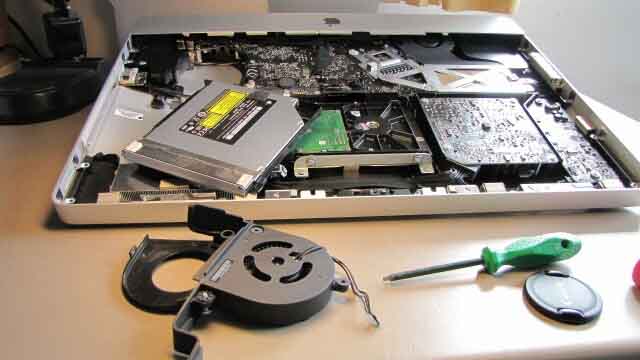
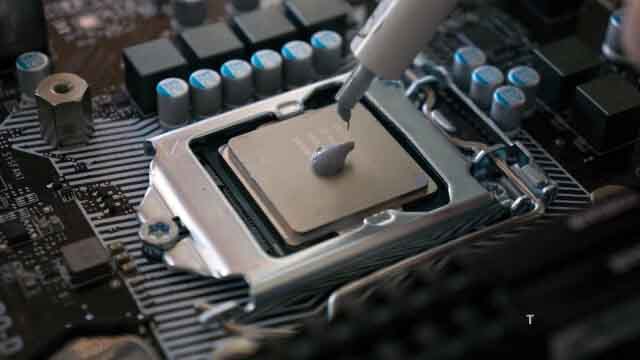
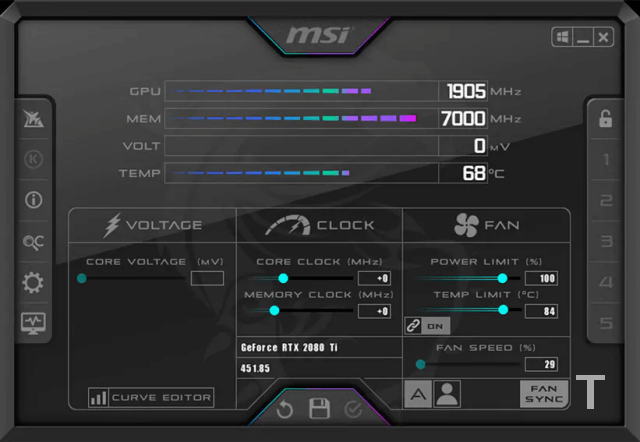
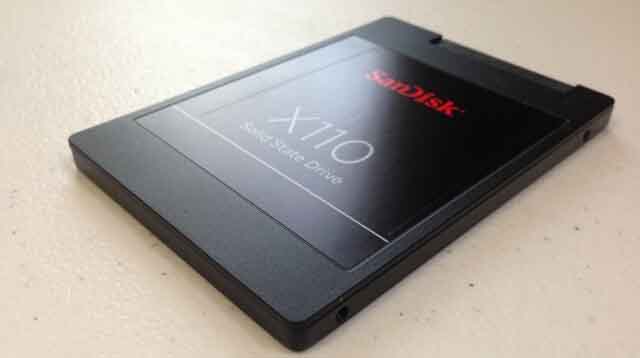
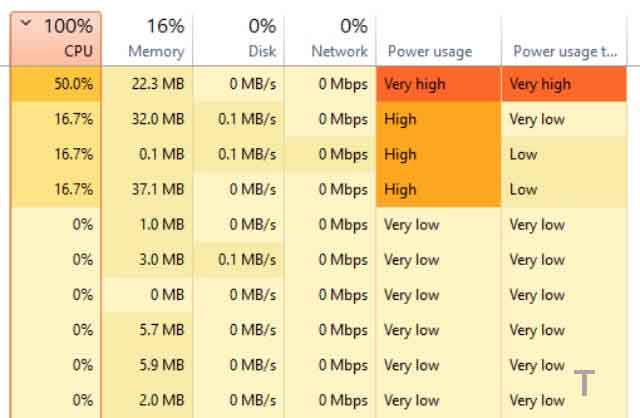
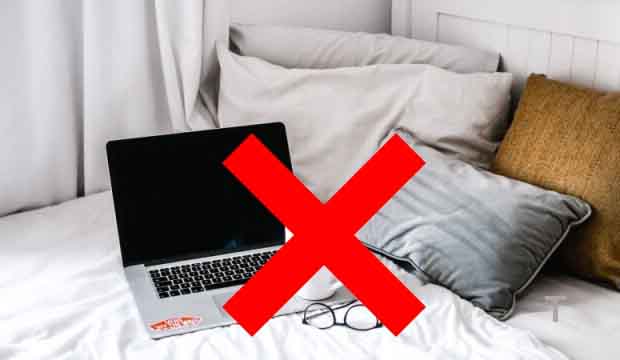

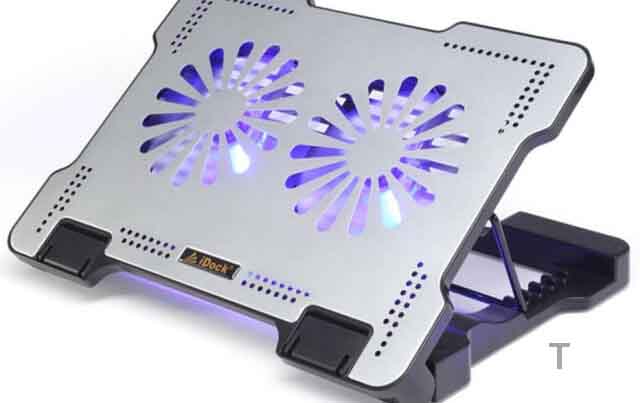
![How to Check Hard Drive Health and SSD In Windows [2025] How To Check Hard Drive Health](http://www.aecargo.com/?big=wp-content/uploads/2021/01/How-To-Check-Hard-Drive-Health.jpg)
![How to Check Laptop Temperature In Windows [2025] How to Check Laptop Temperature In Windows](http://www.aecargo.com/?big=wp-content/uploads/2021/09/How-to-Check-Laptop-Temperature-In-Windows-218x150.png)

![How to Add Song in WhatsApp Status [2025] How to Add Song in WhatsApp Status](http://www.aecargo.com/?big=wp-content/uploads/2022/02/How-to-Add-Song-in-WhatsApp-Status-100x70.png)
![Free COC Accounts [2025] Clash Of Clans Working Passwords Free COC Accounts Clash Of Clans Passwords](http://www.aecargo.com/?big=wp-content/uploads/2021/05/Free-COC-Accounts-Clash-Of-Clans-Passwords-100x70.jpg)
![How to Check Laptop Temperature In Windows [2025] How to Check Laptop Temperature In Windows](http://www.aecargo.com/?big=wp-content/uploads/2021/09/How-to-Check-Laptop-Temperature-In-Windows-100x70.png)
